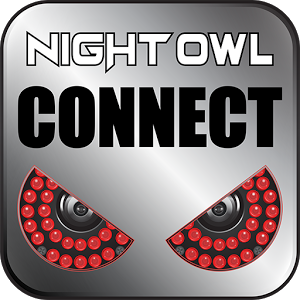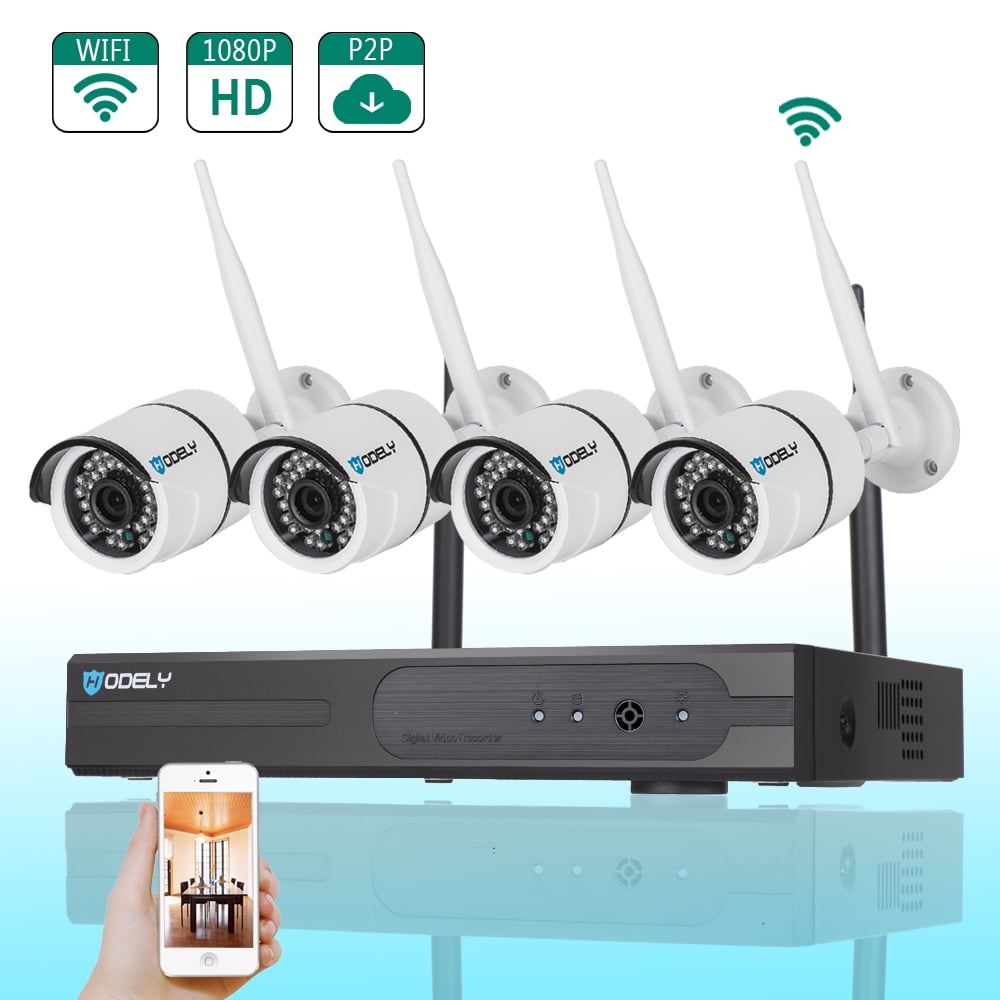

The file must be placed in the USB root directory. If the file was downloaded using the Microsoft Edge browser, this will cause the file to be converted to a text file, which can't be read by the DVR / NVR.Ĥ) The DVR / NVR cannot navigate through folders in the USB to find the update.

If the file was downloaded twice, a PC will add (1) to the end of the name, which will create an issue.

2.0 always uses a black board, while 3.0 generally has a colored board, often red or blue.ģ) The file name must remain exactly as listed in the article for the DVR / NVR to recognize it as an update. The easy way to tell if a USB drive is 3.0 is the color of the board chip inside the USB connection. Likewise, the DVR / NVR is not in FAT32 format, it won't be read. USB 3.0 was developed after the DVR / NVR motherboards. The power should be disconnected for at least 10 seconds before connecting the USB drive and reconnecting the power.Ģ) If the USB is 3.0, the DVR / NVR will not be able to read it. The ethernet cable needs to be disconnected, as well as any other USB devices including the mouse. There are a few reasons this could be:ġ) If the DVR / NVR has alternative places to look for the update, it won't run. If you have found the correct upgrade file to upgrade the DVR / NVR system, but you're not seeing an "updating." message on the screen for at least three minutes, the DVR / NVR isn't detecting the update file. If you could please respond with these details, we should be able to provide you with a link to the firmware update and some directions on how to proceed. On the bottom of the DVR / NVR there's a sticker with the DVR / NVR's model information. Manually applying a firmware update should help it to function normally. It sounds like the DVR / NVR system is experiencing a firmware crash.


 0 kommentar(er)
0 kommentar(er)
